Do you know what is sweeter than sweets? It’s Indian sweets! As cliché as it might sound, what is Deepavali without them? It’s undeniable that no Deepavali celebration will be complete without a platter of a striking rainbow of sweets. Whether or not you are a sweet tooth, you just can’t resist taking a bite on Deepavali. Since Deepavali is just around the corner, let’s take a walk in the sweet path of Indian sweets below.
1. Gulab Jamun
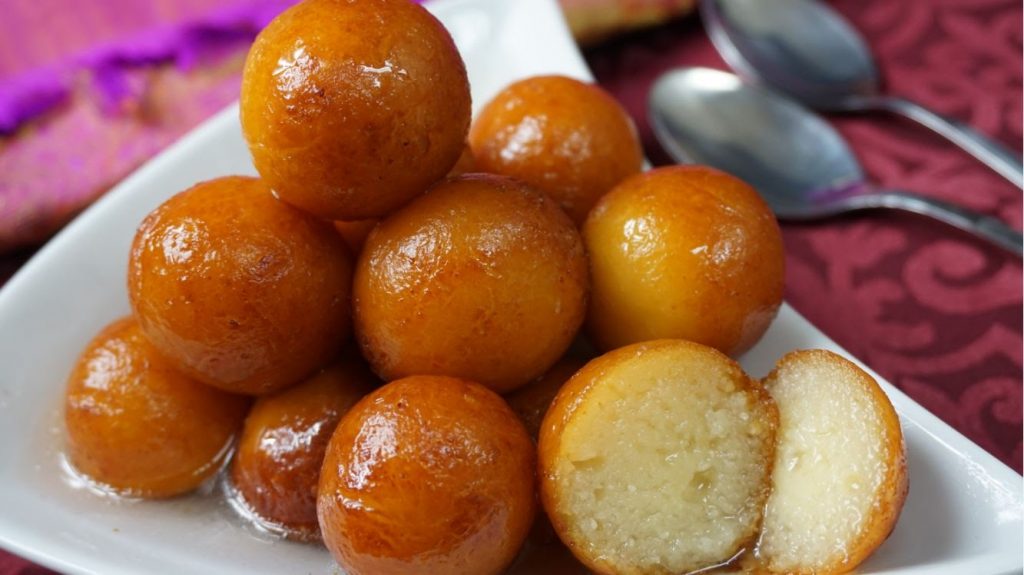
This Indian donut can make those who are on a diet go on a cheat day. The classic berry sized Indian balls are drenched in a rose-infused sugar syrup, perfectly illustrating its name. The soft, spongy gulab jamuns are available in an instant mixes in the local supermarket. However, nothing beats a bite of the freshly deep fried donuts!
The main ingredient of the dessert is Khoya, a milk solid of freshly curdled milk. Basically, you heat the milk over low heat for quite some time, letting the water content evaporates. Afterwards, you mix the milk solids with a pinch of flour and sugar, and shape them into small balls.
Heat the oil and deep fry them until golden brown perfection. Last but not least, soak them in a light sugar syrup infused with rosewater or saffron. You don’t have to wait for a special occasion to eat this anymore!
2. Jaleebi
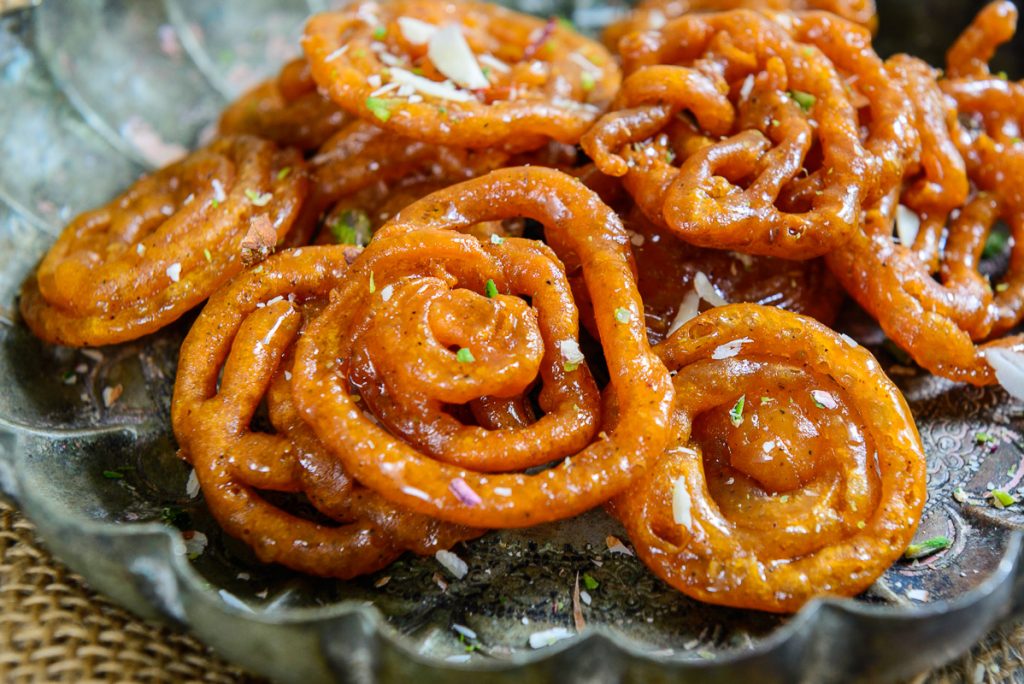
Jaleebi knows no season. Serves warm or cold, it is perfect for the summer heat nor the rainy days. The sugary yet sticky orange spirals are best eaten piping hot by themselves or soaked in warm milk.
Making a jalebi is a form of art – one whose reward is sweet, literally. Typically made from a highly refined wheat flour called maida, it is then mixed with ghee, saffron, and sugar. An authentic process of requires keeping the batter for fermentation for a duration of 12 hours to a day.
Only then you squeeze them into a pretzel like a shape on the hot oil before soaking them in a citrus infused syrup. A little secret for you is to make sure the batter has a thick but flowing consistency. Too thick and it won’t be a crispy but too thin, it won’t retain its shape.
3. Kheer
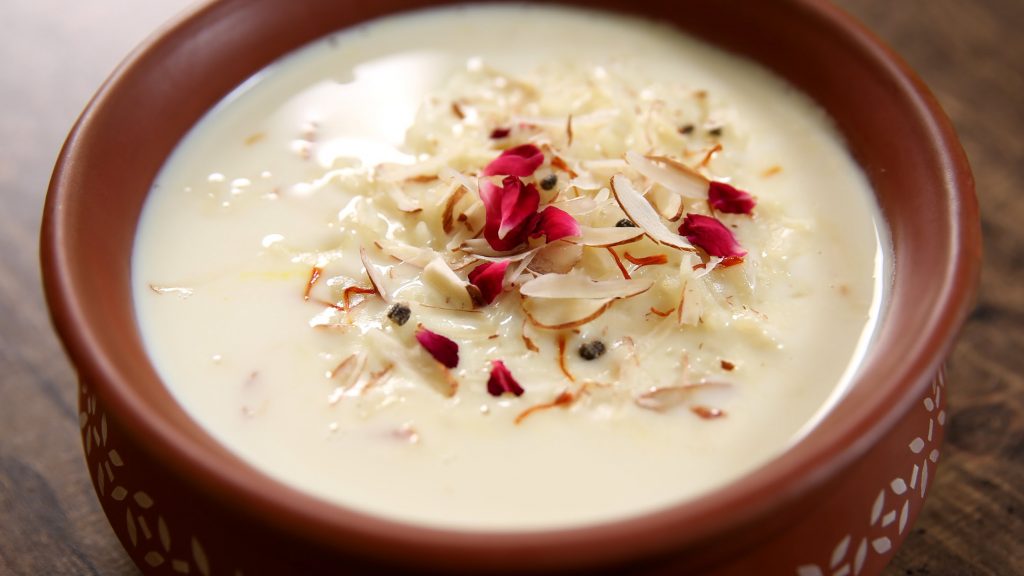
Kheer is the twin sister of American’s rice pudding. The only striking difference between them is the flavouring ingredient – Americans love vanilla while Indians love their cardamom powder. There is a lot of variations of kheer out there, but rice kheer is the most famous that. In short, it is rice cooked with milk and sugar, with a subtle flavour of cardamom. It’s everything creamy and rich.
As you might have guessed it, cooking kheer takes a little more time than most others. However, the end product is worth the wait – it’s a cherry on top to your dining experience.
Slow cooking is the key here, but if you are in a rush, you can also use cooked rice instead of uncooked ones. It might not impart the rich flavour, but it is good enough. A little reminder is if you would like to serve it cold, reduce the duration of simmering so that it won’t be too thick.
4. Ladoo
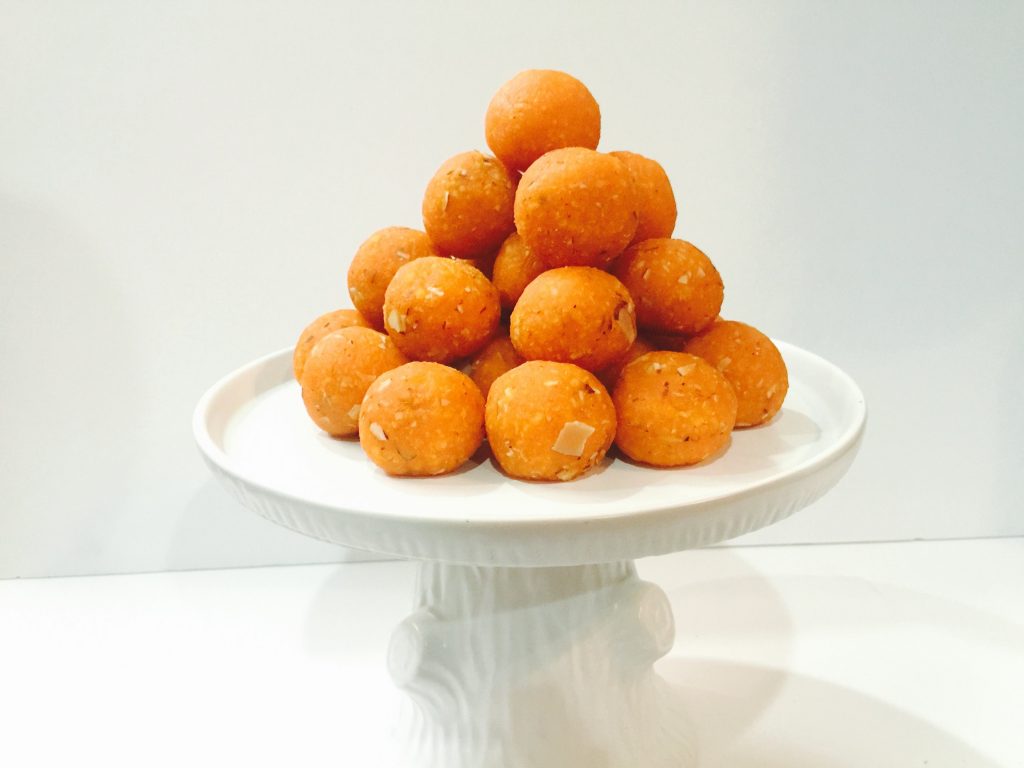
Ladoo is one of the superstars of the Bollywood sweets. It is known universally, just as much as it is loved. Nearly no household doesn’t know how to make the orange coloured dessert in the size of a golf ball, but every home might have a different recipe of ladoo because of its plethora of varieties.
Coconut ladoo has a slight similarity of appearance to our pandan putu bamboo, only without the pandan and brown sugar. They use betel leaves and rose petal preserve.
The typical ingredients used to make ladoo is gram flour, ghee, semolina, sugar, and sugar. You may add cardamom powder or chopped nuts too if you like. There is no right or wrong!
5. Rasmalai
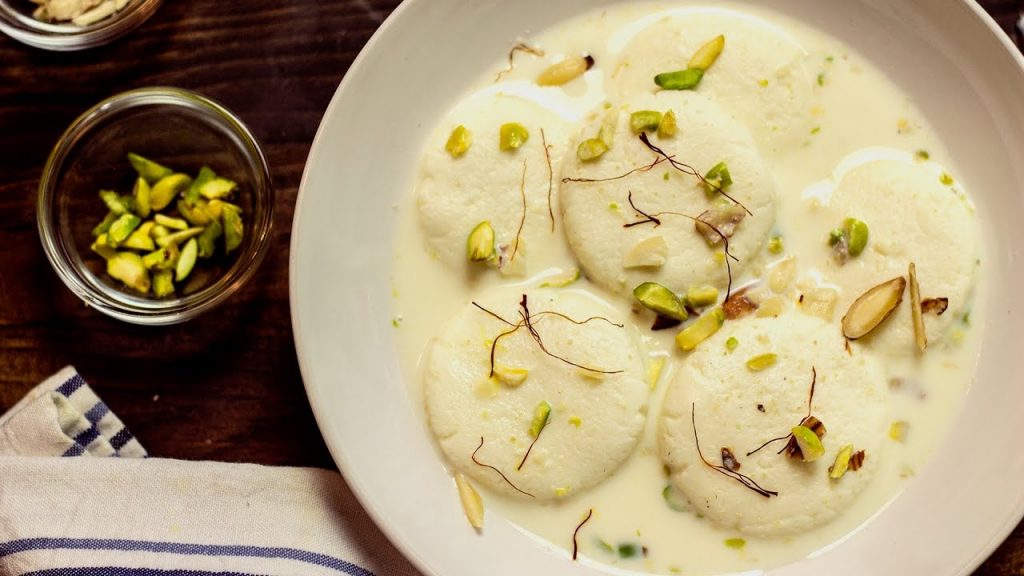
Here’s a little quiz for you: Does India have their own type of cheesecake? If you guessed yes, congratulations! You deserve yourself Indian very own rich cheesecake without a crust, rasmalai. The ideal, perfect rasmalais are juicy and every bite just melts in the mouth. When talking about it, you can’t leave one without the other – the rasmalai balls and the thickened milk known as ras.
To make the rasmalai balls, you first need to drain the water from the curdled milk. The protein left is what we call as “paneer.” It is then whisked until smooth, molded into balls and drenched in boiling sugar syrup until done. On the other hand, the sauce can be easily made by boiling the milk until it slightly thickens.
Add a little flavoring, and you’ are done. The key to making a perfect rasmalai is by using fresh full cream milk. Forget about skim or low fat. When forming the balls, make sure it’s smooth with no cracks to prevent the sugar syrup from dissolving. Do not over knead or else it will release a lot of oil.
6. Barfi
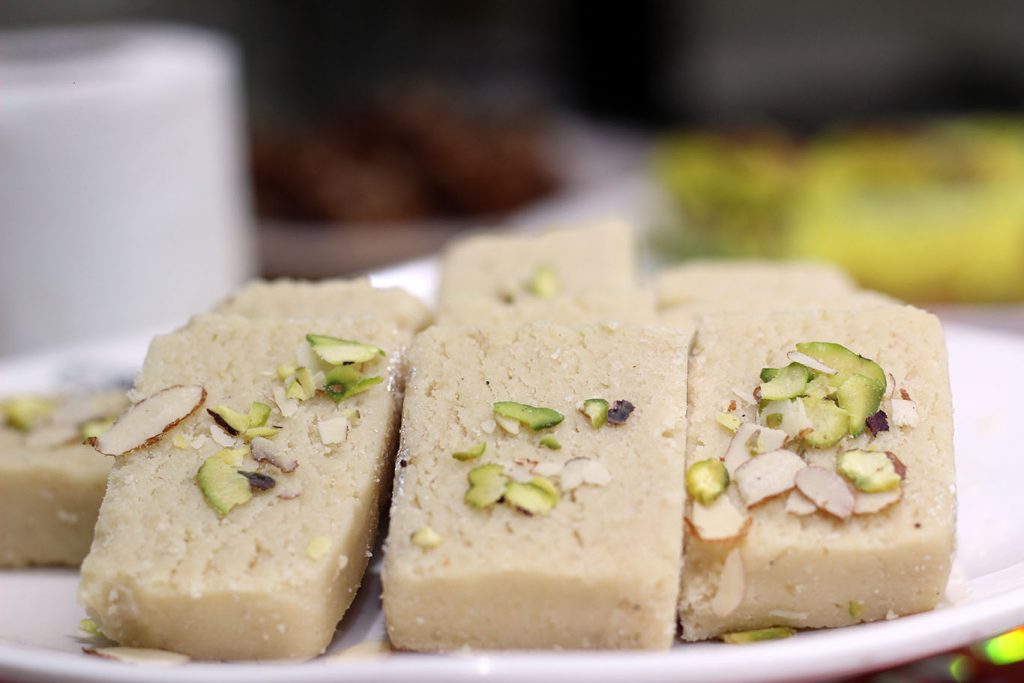
Some call it Barfi while some call it barfee. However, I personally call it Burfi. Does it matter though? The only thing that matters about the “snow” is how fudgy it can be. There are a few famous varieties of barfi out there, including kaaju barfi (cashews), besan barfi (gram flour), pista barfi (ground pistachios), sing barfi (peanuts), khoya barfi (buffalo milk), fruit barfi (dried fruits) and my ultimate favourite which goes to coconut barfi (desiccated coconut).
The list can go on and on, because everyone can enhance it with their favourite fruits, nuts, spices or even a combination of all. Different types of Barfi vary in texture, colour, and appearance. They are cut into square, round or diamond shapes. In festive occasions, such as weddings or Deepavali, a thin layer of edible metallic leaf known as vark will coat the barfi, with a hint of infused cardamom flavour.
Making a soft yet rich Barfi is surprisingly easy! All you need is condensed milk, cream and sugar and boom! A few tips and tricks are to cook it on low heat and keep mixing the mixture while it cools to prevent the milk solid to stick to the bottom and change the colour. If the milk solid forms a lump, stop cooking or else it will be chewy.
7. Kulfi
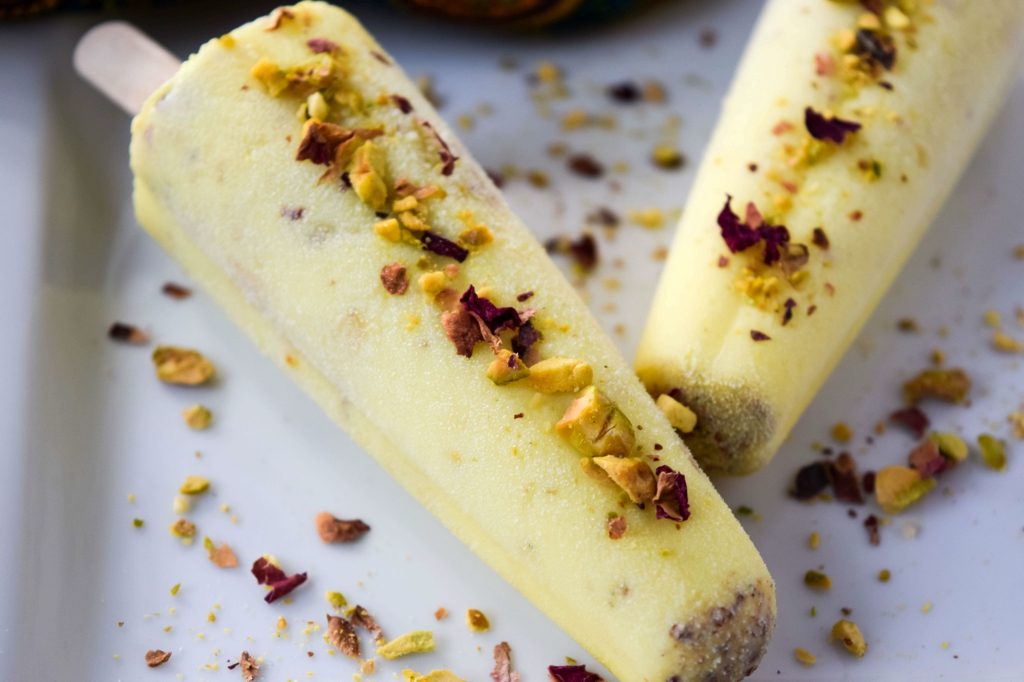
I scream, you scream, we all scream for Kulfi! Yes, Kulfi is an Indian version of ice cream and No, there’s more than the exotic flavours that make it so unique. Unlike the westerns who makes the ice cream from a custard base with added heavy cream, kulfi is traditionally made from milk which is simmered for hours. Once you have tasted kulfi, you can never go back.
There is a lot of recipes out there on how to make a kulfi. However, a traditional recipe will use rabdi, a thickened sweetened milk with layers of cream. The preparation is easy, but the waiting is terrible because you just want to eat it already. The milk is continuously simmered and reduced on a low heat until it reaches the desired consistency.
The lengthy process imparts a distinctive taste of caramel. You may also substitute it with evaporated or condensed milk before adding your favorite flavors and toppings. My favorite is rose kulfi with pistachio bits. What is yours?
8. Halwa
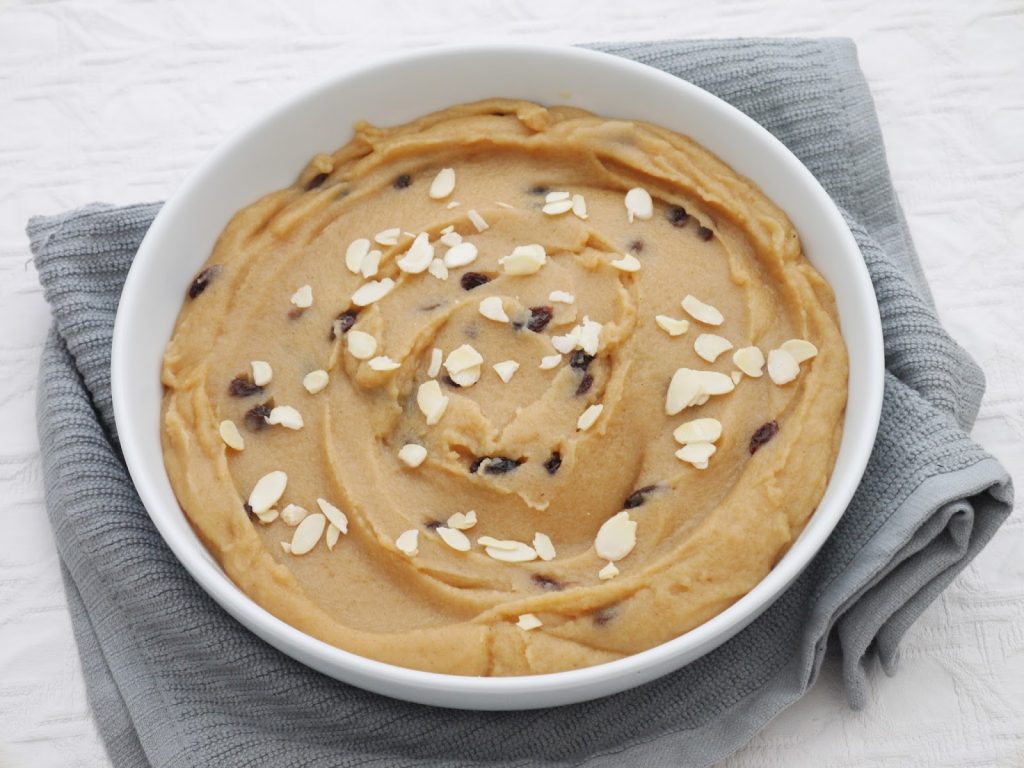
Credit: thismuslimgirlbakes.blogspot.myCare for some fragrant sweet pudding? Well, you’re in for a treat! Do you like it with cereals, fruits or vegetables? You can have it anyhow you want it to be but don’t forget to top it off with crushed almonds or pistachios for extra texture. I can write a half a page just to dedicate the types of halwa out there. But let’s focus on the spotlight which goes out to sooji halwa. You can easily find the semolina pudding made with ghee and dry fruits in an Indian home.
When you make it, make sure to make it in bulk because everyone around you will be asking for it. It’s very quick, and it isn’t difficult at all. With semolina, sugar, ghee, and milk, you have all the required essential ingredients. You can also use water, but milk gives an extra creaminess to the texture. The rest is a matter or preference. You may add cardamoms, cashews or raisins as many as you like, or if you don’t, no problem.
9. Gajrela
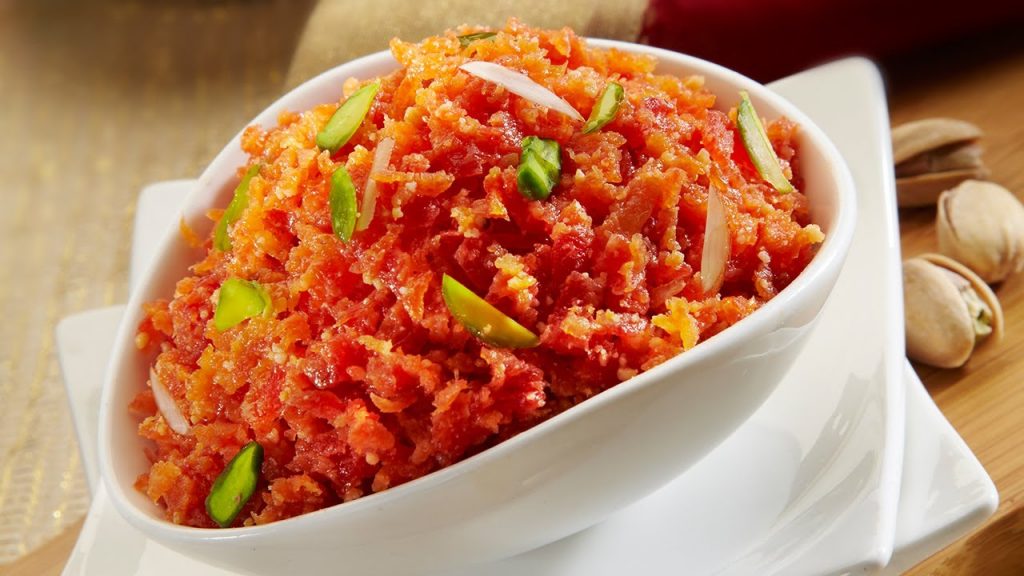
This particular dessert is a favourite all over Northern India, Bangladesh, and Pakistan. You might love it even more after knowing it a lightly nutritious dessert with less fat compared to many on the lists here. In fact, there is also a sugar-free version of it for the diabetics or sugar conscious people out there.
The ingredients itself explains the juicy flavour and colour – freshly grated carrots, thickened milk, full cream milk or condensed milk, and sugar. The dish won’t be complete without a spoonful of chopped almonds and pistachio to garnish it. Today, don’t be surprised if you ever come across red velvet gajrela, beetroot gajrela or cheesy carrot gajrela.
10. Bal Mithai
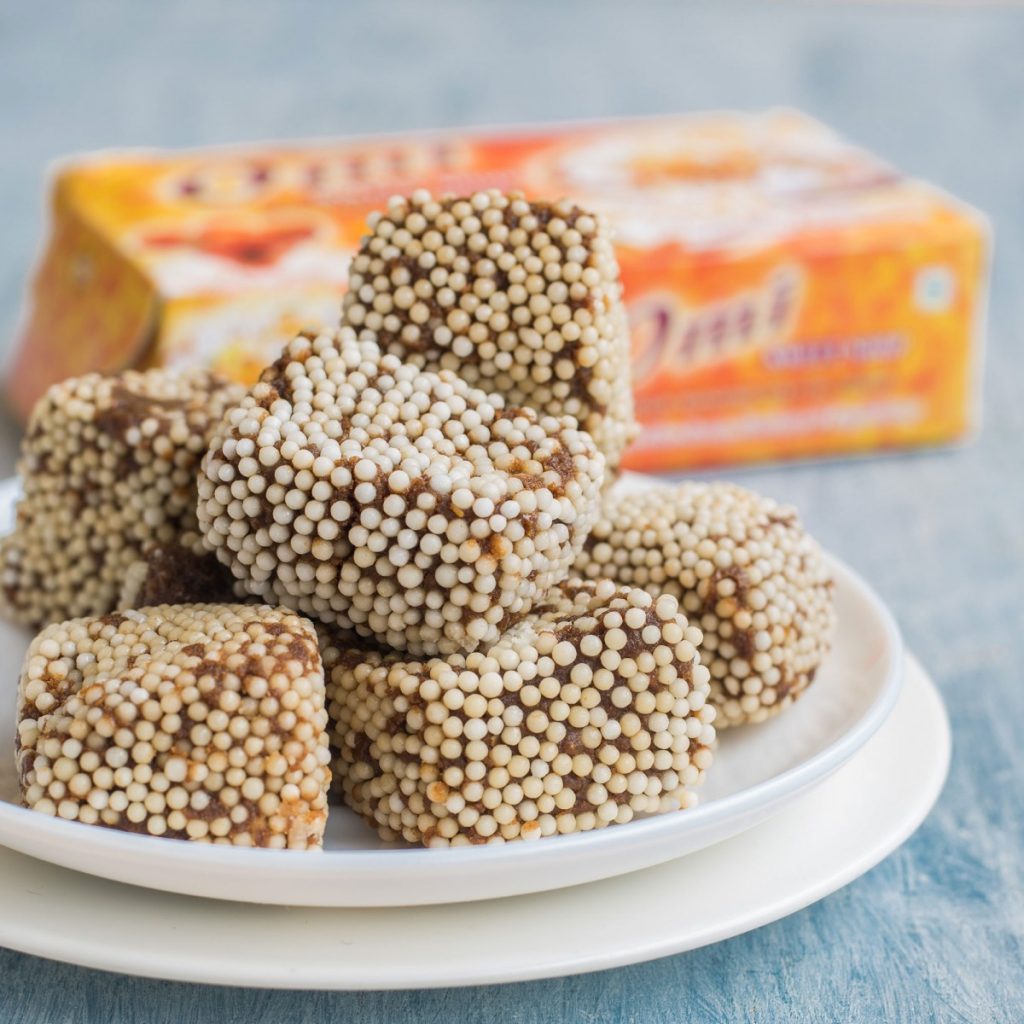
Are you a chocolate fanatics? If you are, this Indian dessert is dedicated just for you. Bal mithai is Indian chocolate fudge coated in white sugar balls. Here’s the catch: there is no chocolate in it! However, it is one of the most popular sweets in the town of Almora, Uttarakhand as an offering to the Gods.
The reason why people call it chocolate is only because of its brown color. I know what you’re thinking right now. Give this dessert a shot, and it might even be your next favorite sweets. Although making it can be little time to consume because you have to cook down thickened milk until it turns brown, resembling dulce le leche.
Can you feel the sweetness in this post? I think writing it has even gotten my dessert cravings fix… for now. Thankfully, Deepavali is just around the corner, so I have an excuse to eat them (not that I do need one, but then calories don’t count on Deepavali). Share with us your favourite Indian sweets. If you have a recipe you’d like to share, that’s even better!
